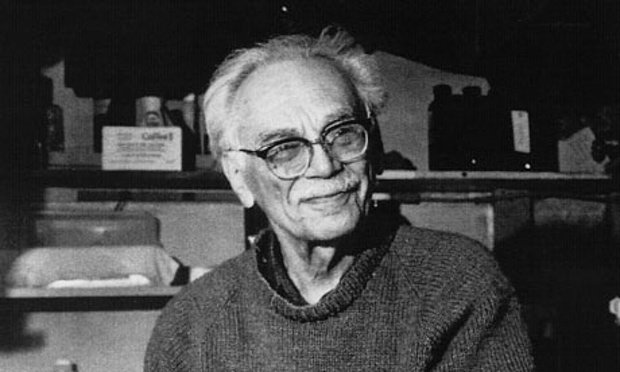Milton Rogovin in Buffalo
(pron. ruh-GO-vin)

Victor Shanchuk Jr., Visits to Appalachia Essay
Burchfield Penney Art Center 3 photos
Ferry Street Corridor Project 2 photos
Humboldt/Hospital Metro Rail Station 8 photos
Milton Rogovin, Photographer, Dies at 101
By Benjamin Genocchio
The New York Times, January 18, 2011
Milton Rogovin, an optometrist and persecuted leftist who took up photography as a way to champion the underprivileged and went on to become one of America’s most dedicated social documentarians, died on Tuesday at his home in Buffalo. He was 101.
He died of natural causes, his son, Mark Rogovin, said.
Mr. Rogovin chronicled the lives of the urban poor and working classes in Buffalo, Appalachia and elsewhere for more than 50 years. His direct photographic style in stark black and white evokes the socially minded work that Walker Evans, Dorothea Lange and Gordon Parks produced for the Farm Security Administration during the Depression. Today his entire archive resides in the Library of Congress.
Mr. Rogovin (pronounced ruh-GO-vin) came to wide notice in 1962 after documenting storefront church services on Buffalo’s poor and predominantly African-American East Side. The images were published in Aperture magazine with an introduction by W. E. B. Du Bois, who described them as “astonishingly human and appealing.”
He went on to photograph Buffalo’s impoverished Lower West Side and American Indians on reservations in the Buffalo area. He traveled to West Virginia and Kentucky to photograph miners, returning to Appalachia each summer with his wife, Anne Rogovin, into the early 1970s. In the ’60s he went to Chile at the invitation of the poet Pablo Neruda to photograph the landscape and the people. The two collaborated on a book, “Windows That Open Inward: Images of Chile.”
Milton Rogovin was born on Dec. 30, 1909, in Brooklyn, the third of three sons of Jewish immigrant parents from Lithuania. His parents, Jacob Rogovin and the former Dora Shainhouse, operated a dry goods business, first in Manhattan on Park Avenue near 112th Street and later in the Bay Ridge section of Brooklyn. After attending Stuyvesant High School in Manhattan, the young Mr. Rogovin graduated from Columbia University in 1931 with a degree in optometry; four months later, after the family had lost the store and its home to bankruptcy during the Depression, his father died of a heart attack.
Working as an optometrist in Manhattan, Mr. Rogovin became increasingly distressed at the plight of the poor and unemployed — “the forgotten ones,” he called them — and increasingly involved in leftist political causes.
He began attending classes sponsored by the Communist Party-run New York Workers School, began to read the Communist newspaper The Daily Worker and was introduced to the social-documentary photographs of Jacob Riis and Lewis Hine.
Mr. Rogovin moved to Buffalo in 1938 and opened his own optometric office on Chippewa Street the next year, providing service to union workers. In 1942 he married Anne Snetsky before volunteering for the Army and serving for three years in England, where he worked as an optometrist. Also in 1942, he bought a camera.
Returning to Buffalo after the war (his brother Sam, also an optometrist, managed the practice in his absence), Mr. Rogovin joined the local chapter of the Optical Workers Union and served as librarian for the Buffalo branch of the Communist Party.
In 1957, with cold war anti-Communism rife in the United States, he was called before the House Un-American Activities Committee but refused to testify. Soon afterward, The Buffalo Evening News labeled him “Buffalo’s Number One Red,” and he and his family were ostracized. With his business all but ruined by the publicity, he began to fill time by taking pictures, focusing on Buffalo’s poor and dispossessed in the neighborhood around his practice while living on his wife’s salary as a teacher and being mentored by the photographer Minor White.
His wife, a special education teacher, was a collaborator throughout his career and helped him organize his photographs until her death, in 2003.
In 1972 he earned a Master of Arts in American studies from the University at Buffalo, where he taught documentary photography from 1972 to 1974. The next year he held his first major exhibition, at the Albright-Knox Art Gallery in Buffalo.
In the next years his photographs were published in several books and widely exhibited; a show of his work is currently on view at the Gage Gallery in Chicago. Many are in the collections of museums, including the Bibliothèque Nationale in Paris, the Museum of Modern Art in New York, the J. Paul Getty Museum in Los Angeles and the Victoria and Albert Museum in London. The Library of Congress acquired his archive in 1999.

web site consulting by ingenious, inc.